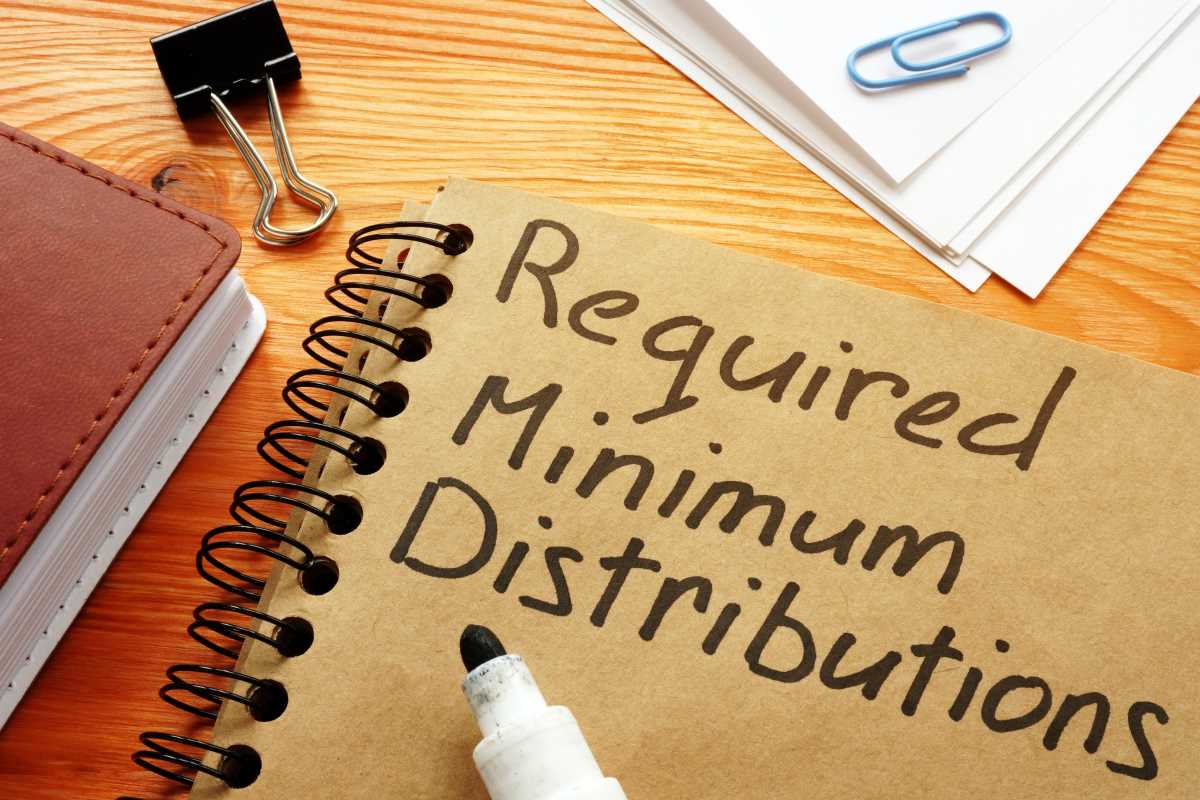Getting your first job with a "real" benefits package can be exciting. Along with a steady paycheck, you might be offered something called a 401k. It might sound like a complicated code, but it's actually one of the most powerful tools you'll ever have for building a secure financial future. Think of it as a personal wealth-building machine, designed to help you save for retirement. Starting to use it early, even with small contributions, can have a massive impact decades from now thanks to the magic of time and compound growth. Understanding how this account works is the first step toward saving for the future you dream of.
What is a 401k and How Does it Work?
A 401k is a retirement savings plan sponsored by an employer. It lets you save and invest a piece of your paycheck before taxes are taken out, which helps you build a nest egg for the future. The process is simple and mostly automatic. You decide what percentage of your salary you want to contribute, and that money is automatically deducted from your paycheck and deposited into your 401k account. Once the money is in the account, you choose from a menu of investment options to help it grow over time. It’s a "set it and forget it" way to pay your future self first.
The Superpowers: Tax Advantages and Employer Matching
The 401k comes with two incredible benefits that make it so powerful. The first is a huge tax advantage. With a traditional 401k, your contributions are "pre-tax," meaning they lower your taxable income for the year. This means you pay less in taxes today. The second, and perhaps most exciting, benefit is the employer match. Many companies will match your contributions up to a certain percentage. For example, your company might match 100% of your contributions up to 4% of your salary. This is literally free money. If you don't contribute enough to get the full match, you are leaving part of your compensation on the table.
Traditional vs. Roth: A Tale of Two 401ks
Many companies now offer two types of 401k accounts: Traditional and Roth. The main difference comes down to when you pay taxes. With a Traditional 401k, you get a tax break now by contributing pre-tax dollars, and you pay taxes on the money when you withdraw it in retirement. With a Roth 401k, you contribute post-tax dollars, meaning you get no immediate tax break. However, all of your qualified withdrawals in retirement, including all the investment growth, are completely tax-free. The choice depends on whether you think you’ll be in a higher tax bracket now or in retirement.
Choosing Your Investments
When you open your 401k, you’ll be given a menu of investment options, which are usually a selection of mutual funds. This can feel intimidating, but there's an easy choice for most beginners: a Target-Date Fund. These funds are designed to be a simple, all-in-one solution. You simply pick the fund with the year closest to when you plan to retire, such as a "Target 2060 Fund." The fund automatically invests in a mix of stocks and bonds and gradually becomes more conservative as you get closer to your retirement date, doing all the hard work for you.
Consistency is Key to Growth
The secret to 401k success is consistency. The best strategy is to start contributing as soon as you can and to make it automatic. Even a small percentage of your paycheck adds up significantly over a long career. It is also a great idea to increase your contribution percentage over time. A common practice is to increase your contribution by 1% every time you get a raise. This way, you are saving more for the future without ever feeling a pinch in your take-home pay. The small, steady habit of saving consistently is what builds massive wealth over decades.
The Risks of Tapping Your 401k Early
Your 401k is specifically designed for retirement, and there are significant penalties for taking money out before you reach retirement age, which is typically 59 and a half. If you make an early withdrawal, you will not only have to pay income tax on the money, but you will also likely be hit with an additional 10% penalty. This can take a huge bite out of your savings. More importantly, you are stealing from your future self and robbing your money of its ability to grow and compound over time. It's crucial to view your 401k as a locked box that you don't touch until retirement.
A Simple Plan to Get Started
Starting your 401k journey is simple. As soon as you are eligible, sign up for the plan. At a minimum, contribute enough to get the full employer match; this is the most important first step. If you're unsure what to invest in, choose a low-cost Target-Date Fund with the year closest to your expected retirement. Set up your contributions to be automatic and commit to increasing the percentage you save by a little bit each year. By following this simple plan, you put your retirement savings on autopilot and allow the power of compounding and employer matching to build a secure financial future for you.







